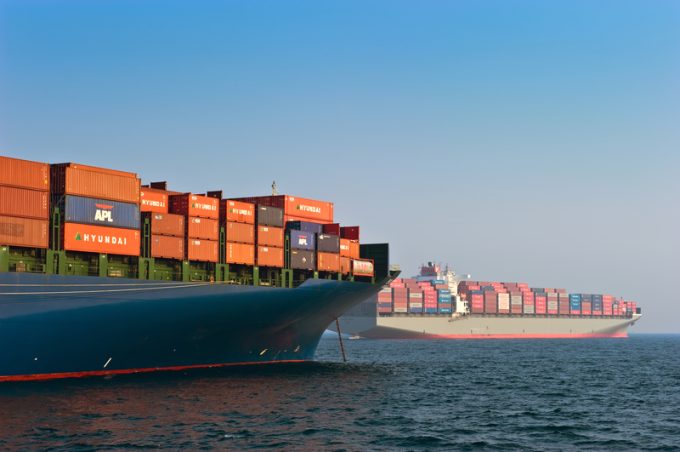Port single windows will cut 'unfair' box line levies
The deployment of digital ‘single windows’ in ports has the potential to bring considerable improvements ...

Mandatory speed limits could be shipping lines’ best hope of achieving the IMO’s 2030 emissions reduction targets.
Shipping officer for lobby group Transport & Environment Faig Abbasov told The Loadstar slow-steaming could “single-handedly” achieve the target.
“We’re proposing mandatory limits, based on ship type,” said Mr Abbasov, speaking on the ...

Comment on this article